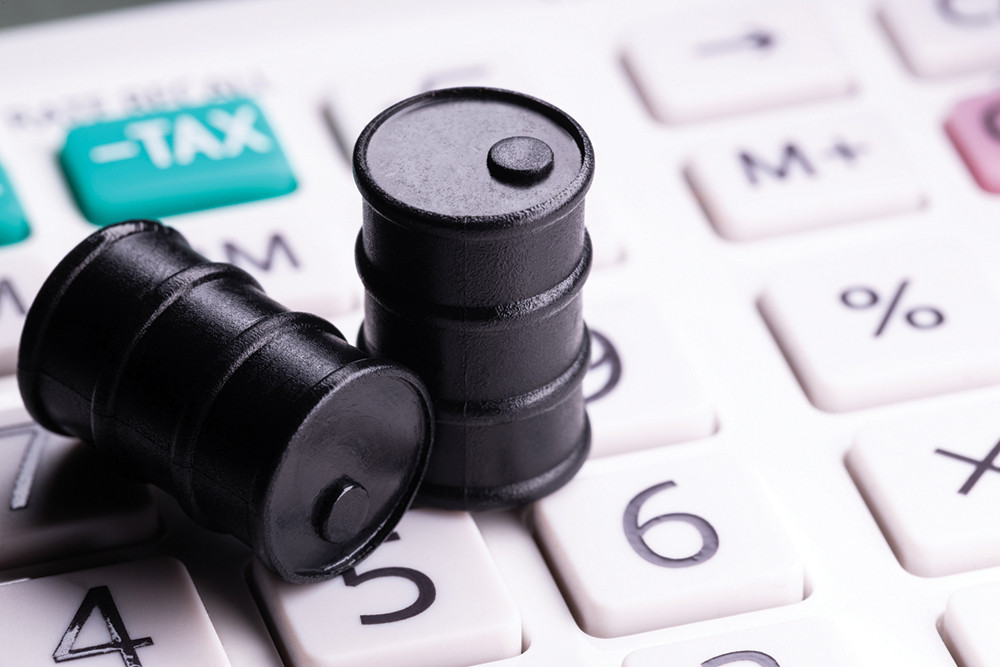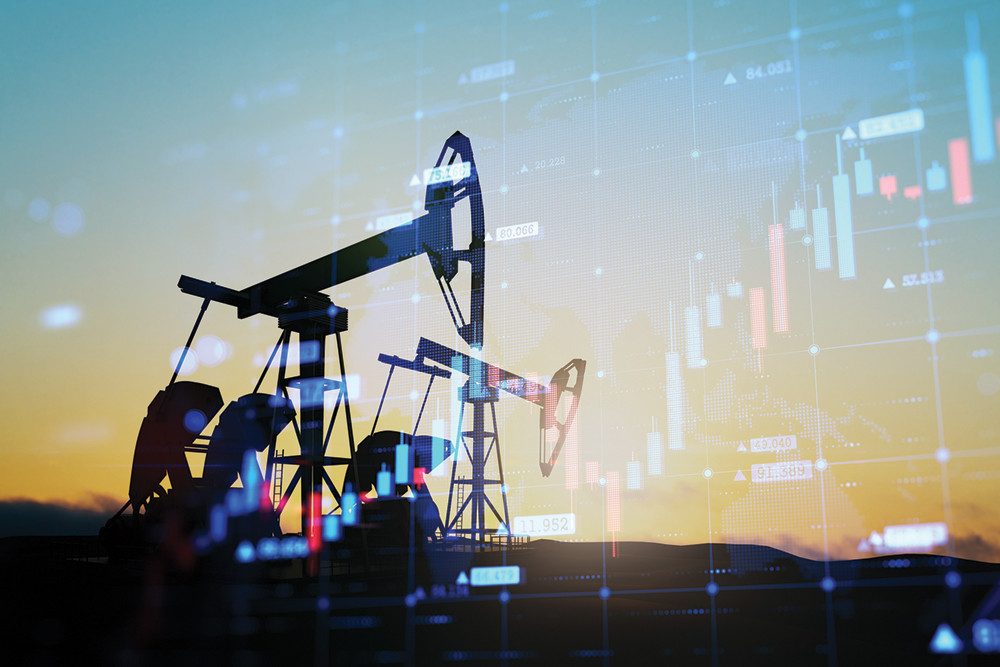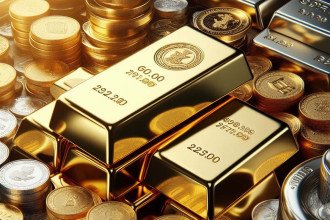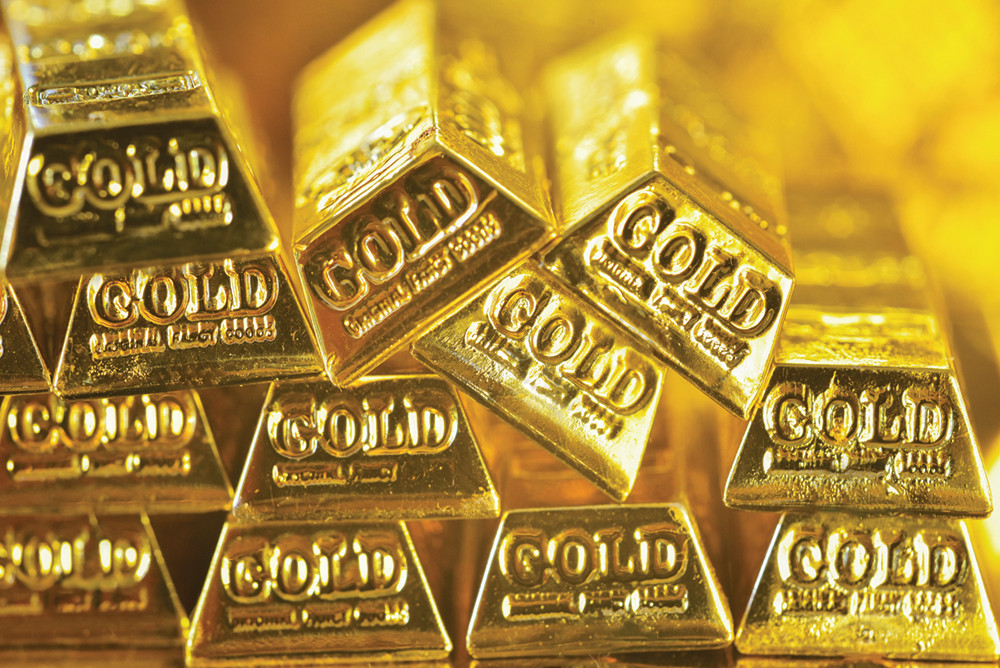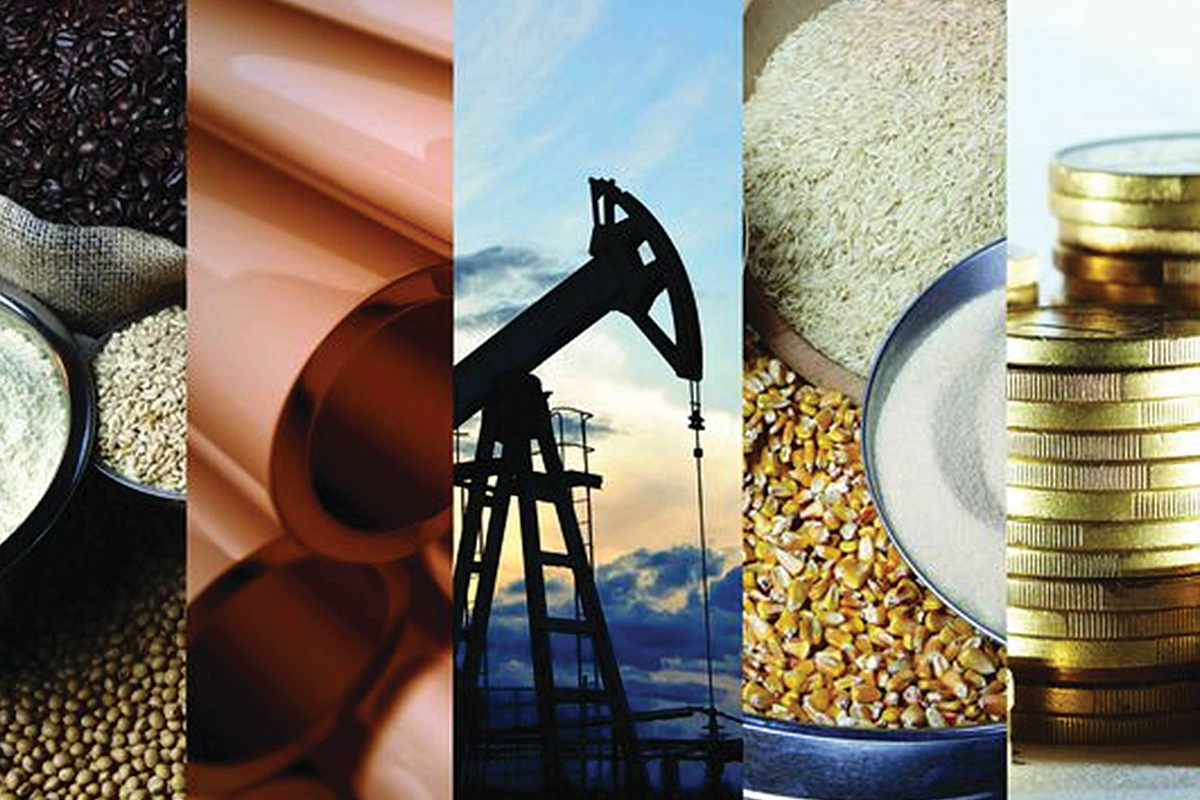
2020 will be etched in the pages of history as the year in which the dreaded Corona virus took center stage and rocked our lives to a considerable degree. The financial markets bore the brunt of the pandemic with the stock markets slumping during March when nations closed its borders and imposed lockdowns. The unprecedented situation inflicted downward pressure on the demand of the commodities with investors escaping to risky assets at the peak of the pandemic. 2020 will also be remembered as the year of negative oil prices - a phenomenon occurring for the first time in history. Since the peak of the Covid 19 in the first half of the year, we have observed the reopening of economies and the recovery of the global economy is on track.
Precious Metals
Having opened the year at $1588.65 per troy ounce, gold prices skyrocketed in the following months attaining a high price of $2074.89 per troy ounce on August 6, 2020 crossing the resistance level of $2000 per troy ounce in the process. The jump of 30% in the prices over the period was attributed mainly to the pandemic leading to the slashing of interest rates and increasing monetary circulation by major central banks to combat the situation. The other metals in the precious metals bracket including silver, platinum and palladium also observed historical highs during the stated period. Although the prices have since lowered amid vaccine optimism, the precious metals bracket will still end 2020 with a bullish run. In 2021, analysts opine that the prices will trend higher in the wake of growing inflation expectations and negative real yields.Base Metals
2020 was a rollercoaster ride for base metals. Copper’s run is mainly driven by China and this year was the classic case in study. With the peak of the pandemic in China in the first quarter of the year, copper prices slumped to $1.9628 per pound. However, with the fall in number of cases and the revival of the economy, copper prices reflected this recovery with a gradual incline in prices. On December 20, prices had increased to $3.6293 per pound, an astonishing jump of 84% since the slump. It was the highest price since February 2013. In hindsight, the robust demand from the world’s top consumer of copper has put the market on track for a deficit when the inventories of the global copper volume are at its lowest since 2014. In the upcoming year, copper is expected to enjoy a synchronised recovery in demand as China and the other top consuming nations ignite their revival paths. With a prospect of fewer supply disruptions coupled with robust growth even outside China, the base markets are seemingly poised to head further north.Energy
The pandemic had major repercussions on the fate of the oil markets in 2020. Crude oil had started the year at $61.45 per barrel but with the emergence of the global threat of the corona virus and declining demand, the prices came crashing down. Although the spot markets had the prices trading around $6.54 per barrel, the futures contracts of crude oil reflected negative numbers. Extraordinary times call for extraordinary measures and OPEC+ initiated swift actions to try and stabilise the markets. After the markets drowned in accelerating supply, the OPEC+ put their differences aside and agreed on historic supply cuts. The deal had further agreed on the easing of supply from January 2021 but that decision has now been revisited to avoid a return to surplus numbers in the early part of 2020. Analysts have opined that with the continuing partial lockdowns and the resulting impacts on international air traffic, oil demand will remain low for a longer duration of time. The economics of the oil demand is somewhat connected to the fight against Covid 19. The sooner a working vaccine can result in the relaxation of lockdowns, the sooner the oil demand will recuperate and the prices will rise with a semblance of normality with international travels.Agriculture
The agricultural figures have enjoyed a resilient year in 2020 on the back of buoyed Chinese purchases. Analysts expect this trend to continue into the New Year benefitting several key trading routes as a result. With the US benefitting from China’s increased appetite for agricultural imports, the Brazilian markets have also witnessed strong soybean flows to China throughout 2020. In a turnaround, Chinese imports of the Brazilian produce have remained robust despite increased purchases being observed from US traders. The farmers of Brazil will be hoping that the strong streak continues into 2021 given that the economy is set to harvest record soybean crops in the 2020-21 season.Conclusion
The commodity markets have witnessed a bumpy ride in 2020 with some fractions bouncing back to pre-pandemic levels while others taking more time to discover their new normal. While the general view is that the markets will carry on their constructive phases, there are numerous risks still going around in these uncertain times. The once-elusive Covid 19 vaccines seem to be getting approvals quicker than expected but there are diverse opinions on the speed at which they will be rolled out on a larger scale. However, the key risk entering 2021 remains the potential for further pandemic waves and lockdowns and the respective government’s actions to counter it. All in all, 2021 seems to be another defining chapter in the history of the commodity markets.
Published Date: January 18, 2021, 12:00 am
Post Comment
E-Magazine
RELATED Commodity Perspective


